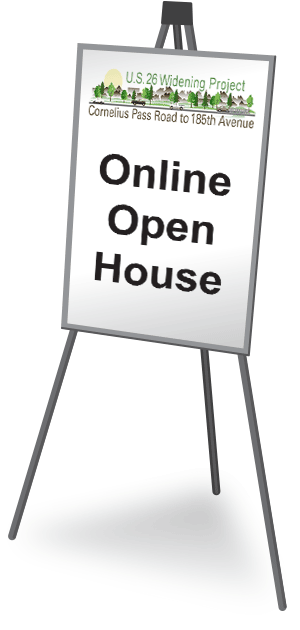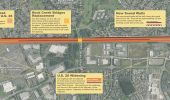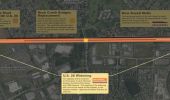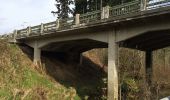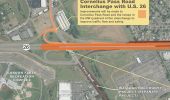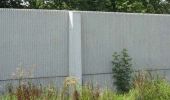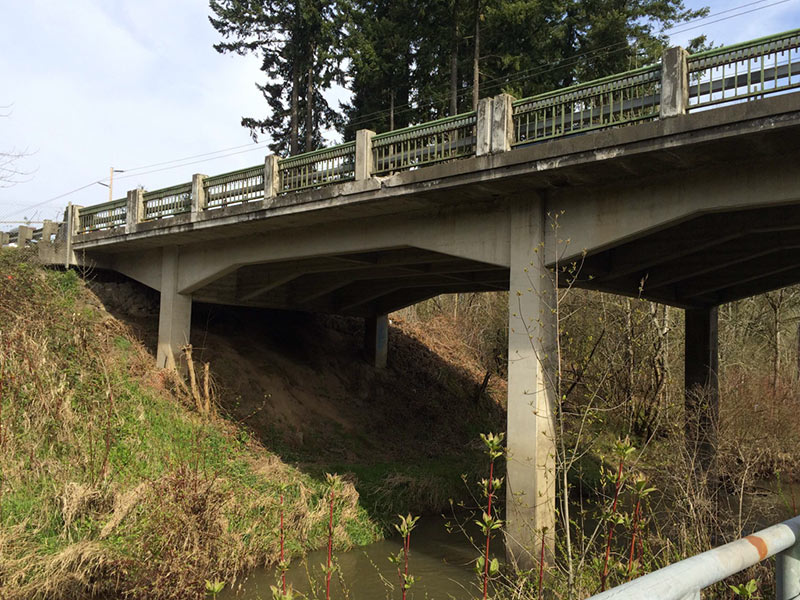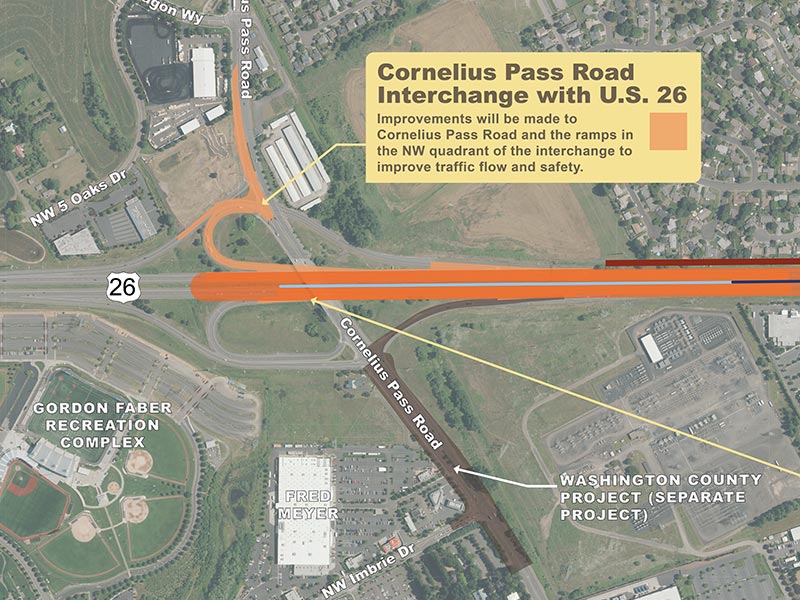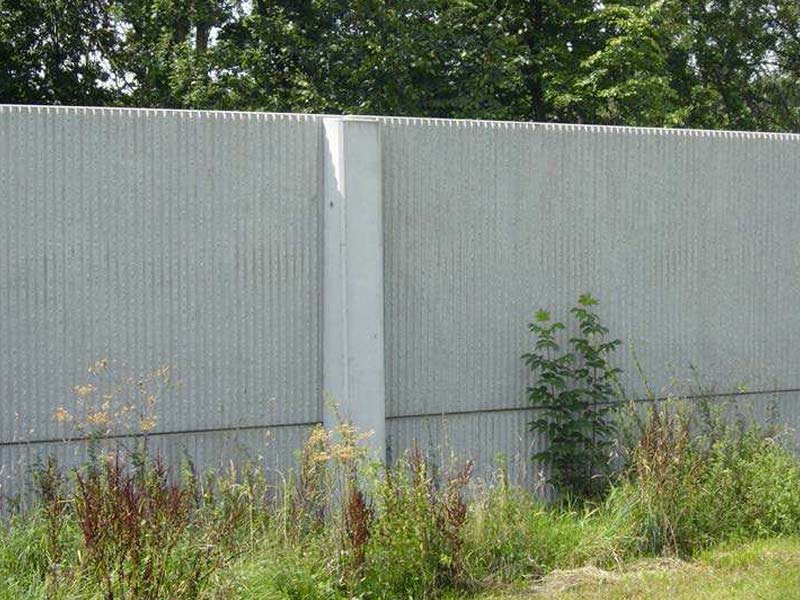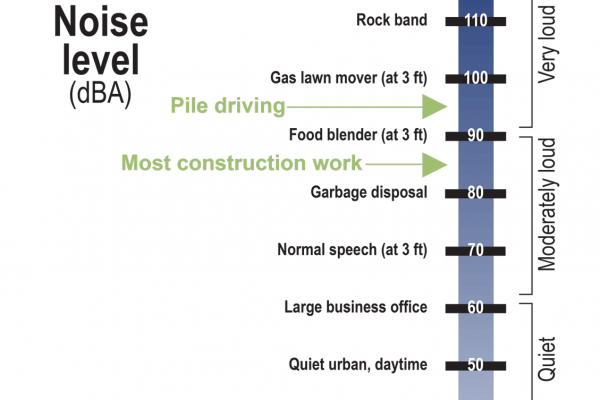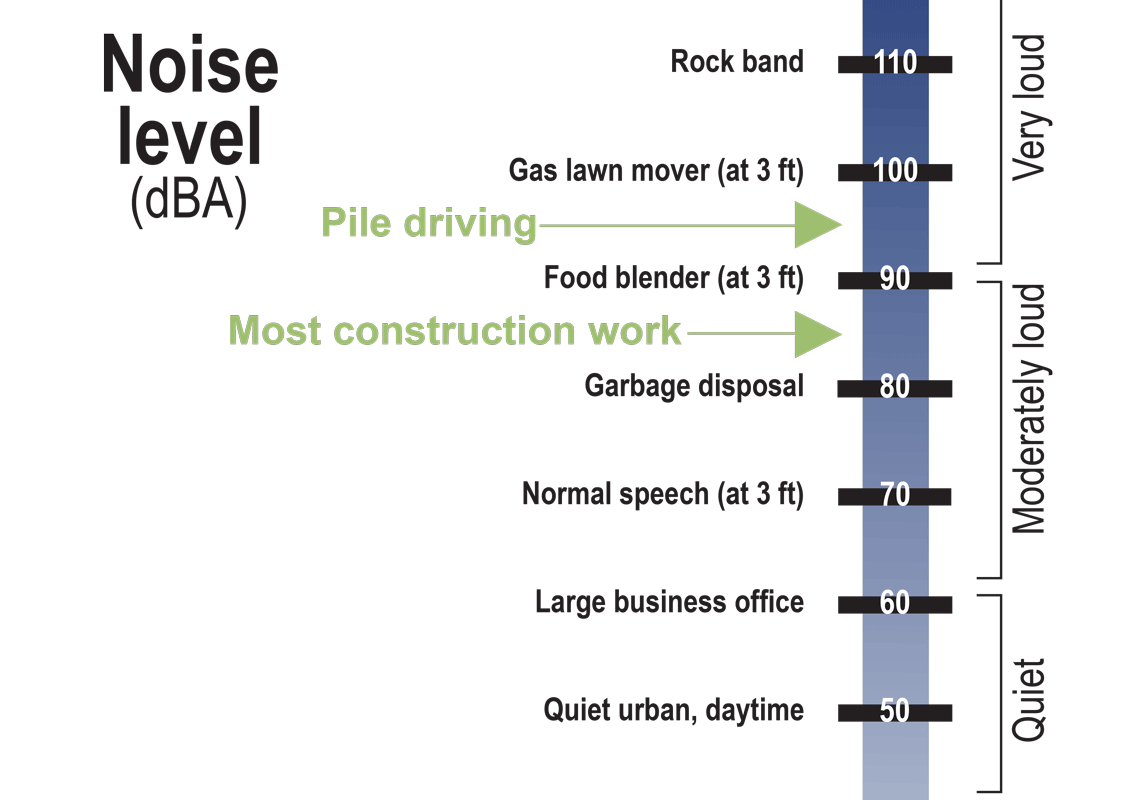Project Information
- Fact Sheet (pdf, 5.8 MB)
You may go directly to a station using the buttons below, or click the Get Started button at the top of the screen to move through the stations in order.
Stations




= Page includes questions or opportunities for comment.
Problem
The stretch of U.S. 26 between Cornelius Pass Road and 185th Avenue has reached its vehicle capacity. The population and employment in Washington County continues to grow, increasing the traffic demand on U.S. 26. Without improvements, congestion and related crashes are anticipated to increase.
Solution
This project is part of a phased approach to addressing congestion on U.S. 26. It follows earlier project work on U.S. 26 and is being coordinated with nearby roadway improvement projects. This effort continues a partnership between ODOT, the City of Hillsboro, and Washington County.
This project will:
- Widen U.S. 26 to three lanes in each direction between Cornelius Pass Road and 185th Avenue;
- Replace the two U.S. 26 bridges over Rock Creek with a single bridge;
- Make improvements to the north side of the U.S. 26/Cornelius Pass Road interchange; and
- Add a noise wall to the north side of U.S. 26 in the Rock Creek area. The power poles are relocated closer to U.S. 26 and the new noise walls will go where the power poles were.
You can learn more about these four project elements in the previous online open house (opens link in new window).
U.S. 26 Impacts
- Nighttime lane and ramp closures on U.S. 26. Ramp closures will begin at 9 p.m. and lane closures will begin at 10 p.m.
- Reduced shoulder access and traffic shifts on U.S. 26.
- Work not requiring lane closures will take place during the day (such as building sound walls).
- Nighttime lane closures on Cornelius Pass Road.
Rock Creek Trail Impacts
- The Rock Creek Trail under U.S. 26 will be closed for two separate weekends and six separate nights — with a detour in place — as the new bridge is constructed.
- There will be periodic flagging on the trail.
Comparing Noise Levels
Pile Driving
There will be pile driving while building the new Rock Creek Bridge. Pile driving refers to the mechanical process of driving or repeatedly pounding piles (poles) into soil to provide foundation support for the new Rock Creek Bridge. The pile driving will take place during the day. The contractor is expected to complete all noisy work by 10 p.m., if possible.
Hotline
A noise hotline is available 24-hours a day for reporting noise concerns. That number is 971-673-5239. ODOT staff will be available to answer immediate noise concerns during nighttime work by calling the noise hotline.
Noise Definitions
- Noise - Unwanted sound which disturbs people or interferes with human activity.
- Decibel (dB) - Logarithmic unit of sound measurement. (A difference of 10dB means that one noise is 10X louder; a difference of 20db means that one noise is 100X louder, etc.)
- ‘A’ weighted decibel (dBA) - In acoustic measurements where the primary concern is the effect on humans, the sound readings are sometimes compensated by an “A” weighted filter. This accounts for people’s limited hearing response in the upper and lower frequencies.
Other noise related terms:
- Leq noise level - Also known as equivalent sound level. The preferred method to describe sound levels that vary over time, used for most environmental noise measurements. Leq takes into account various noise levels throughout a given time period and averages them.
- L10 noise level - This is the “A” weighted sound level that is exceeded 10 percent of the time. A useful descriptor of road noise because it correlates to the louder sound level people notice when close to busy roads and rural situations.
Schedule
Stay Informed
- Visit www.CornPass185.org to find current information, including detailed traffic impacts in a weekly construction update posted every Friday.
- Learn how construction will affect traffic by visiting at www.TripCheck.com or by dialing 511.
- Follow ODOT on Twitter and Facebook @OregonDOT
- For more information contact, Lili Boicourt, ODOT Community Affairs, at 503-731-8247.
Questions
Mailing List (Optional)
Provide the following optional contact information if you would like to be added to the project mailing list.
Demographic Information (Optional)
This project is requesting demographic information to evaluate the effectiveness of public outreach activities. The identity of individuals is kept confidential. The results are reported as totals only, and used solely to help improve future community engagement. Providing this information is voluntary and optional.
Oregon.gov
- State Directories
- Agencies A to Z
- Oregon Administrative Rules
- Oregon Revised Statutes
- About Oregon.gov

Oregon.gov Links
PDF File Accessibility
Adobe Reader is required to view PDF files. Click the "Get Adobe Reader" image to get a free download of the reader from Adobe.

About this site
This web site was developed by JLA Public Involvement and is not hosted by the Oregon Department of Transportation, though we adhere to the same accessibility guidelines. If you have any problems with the information on this page, please contact technical support, (503) 235-5881 for assistance.

